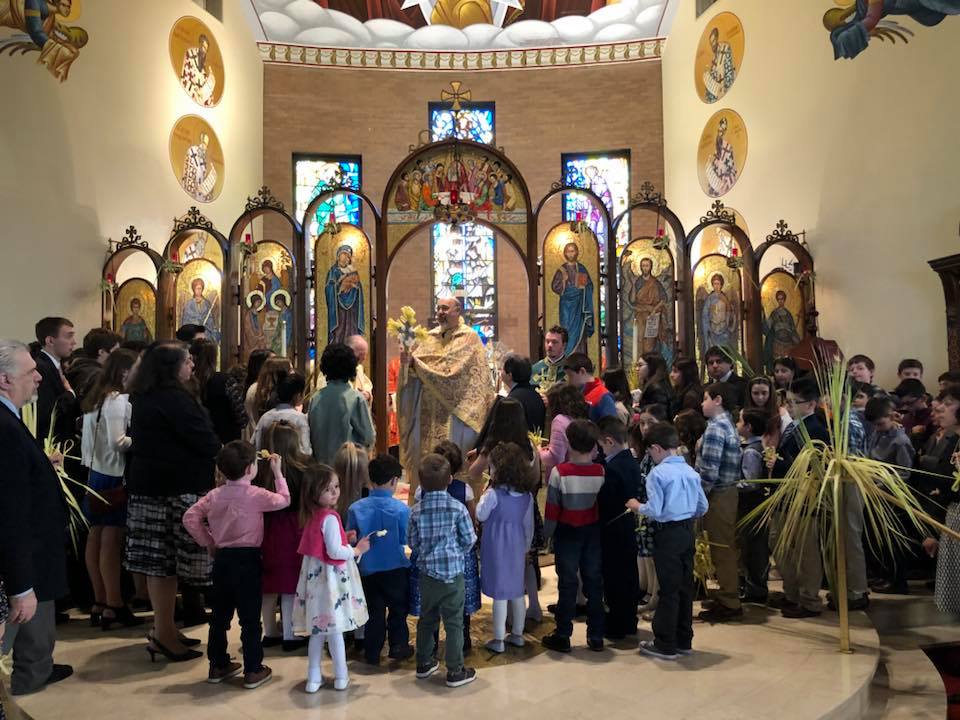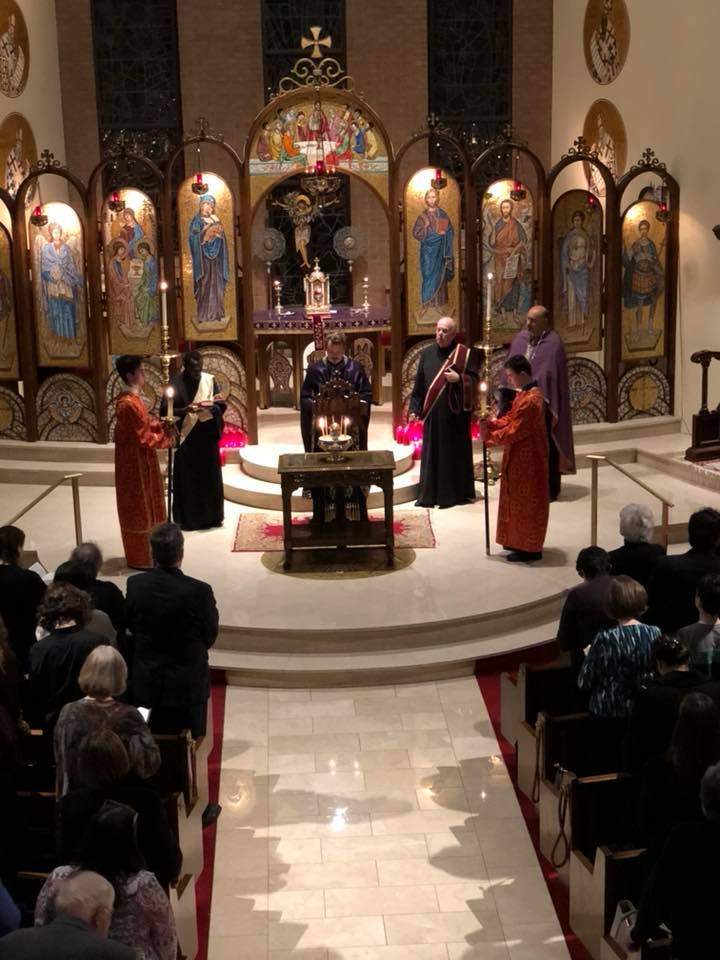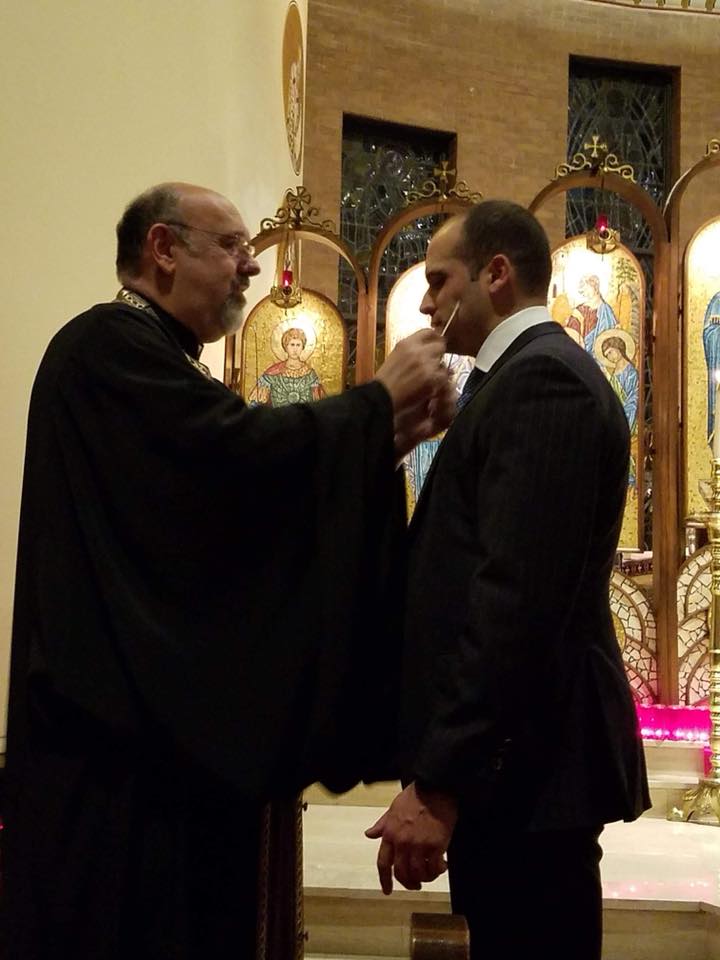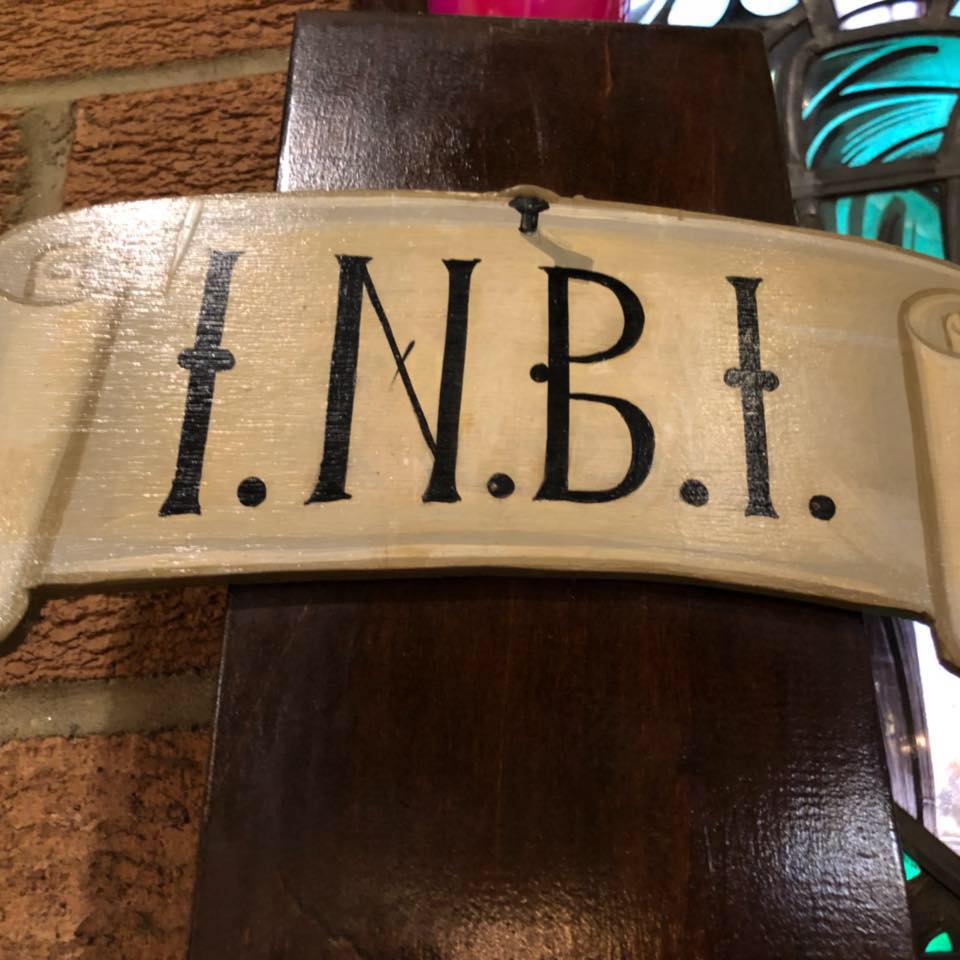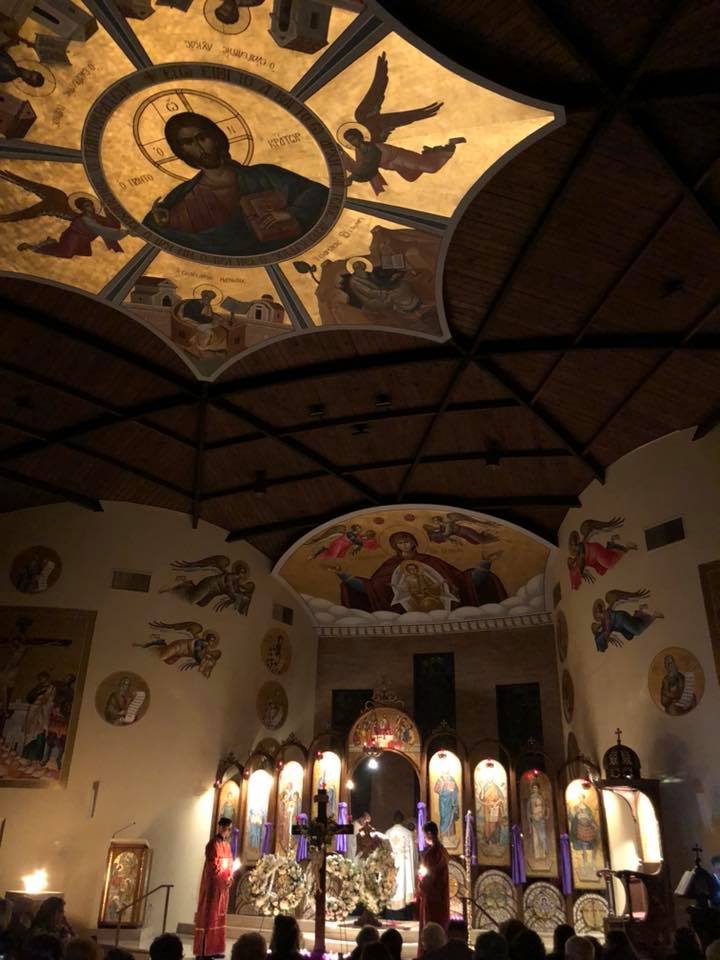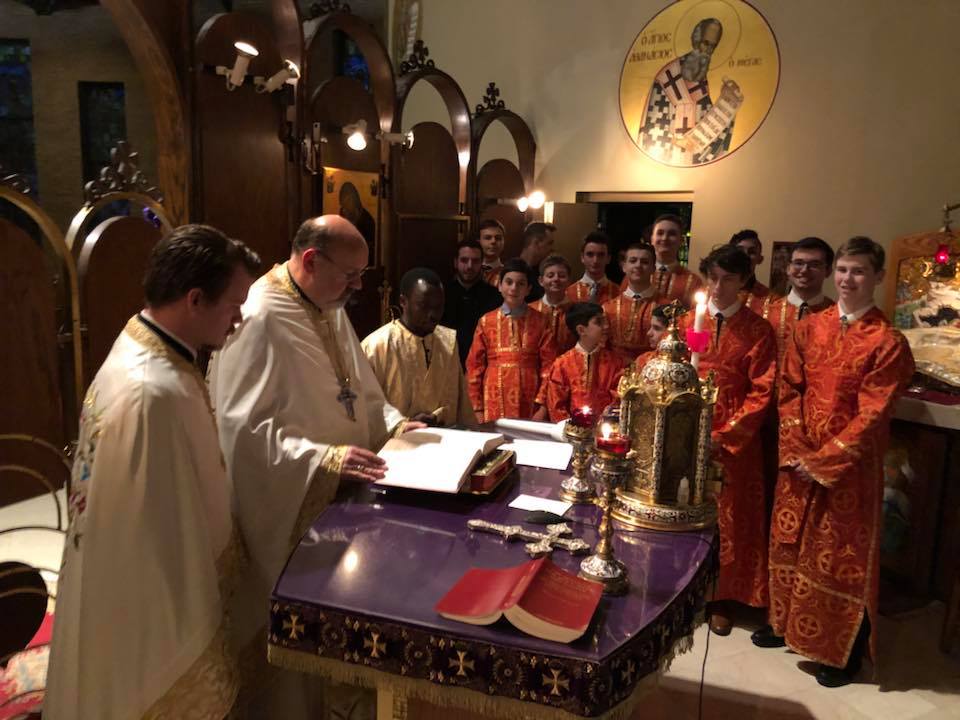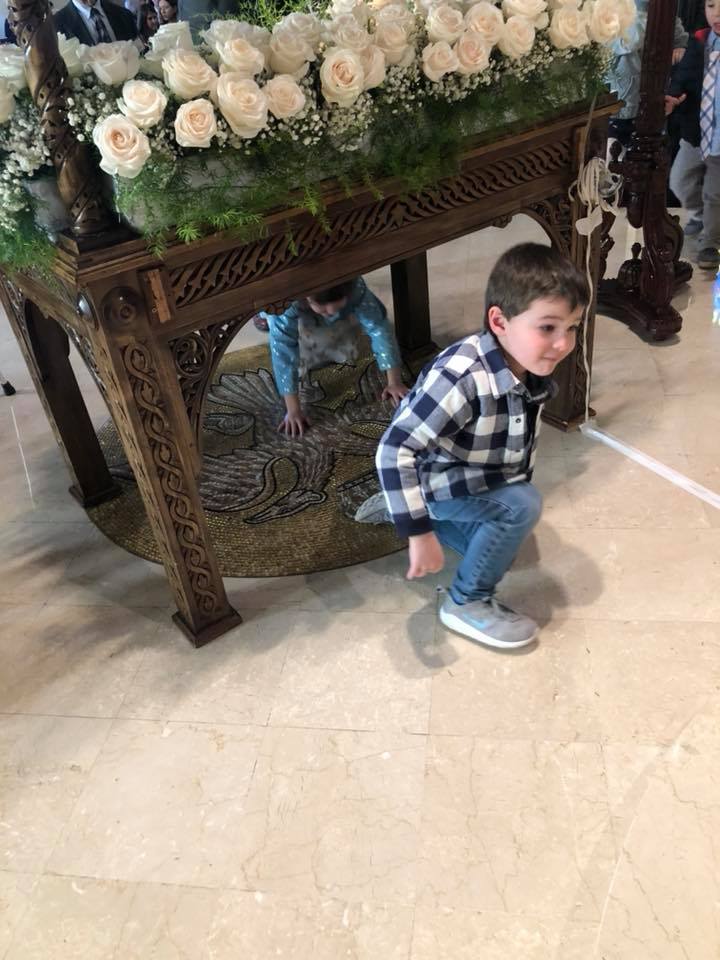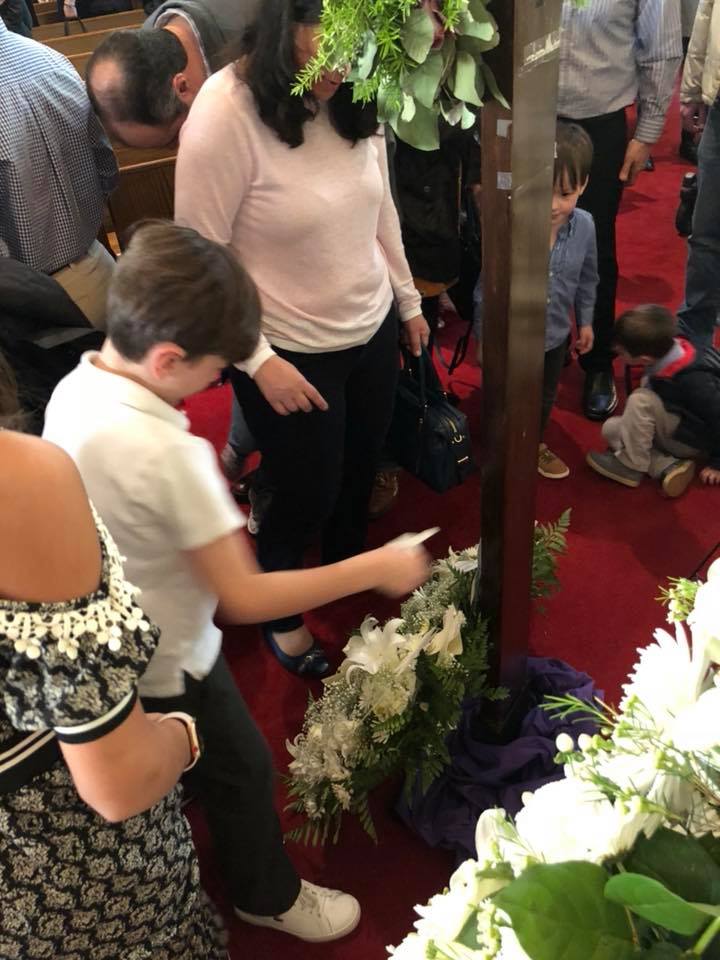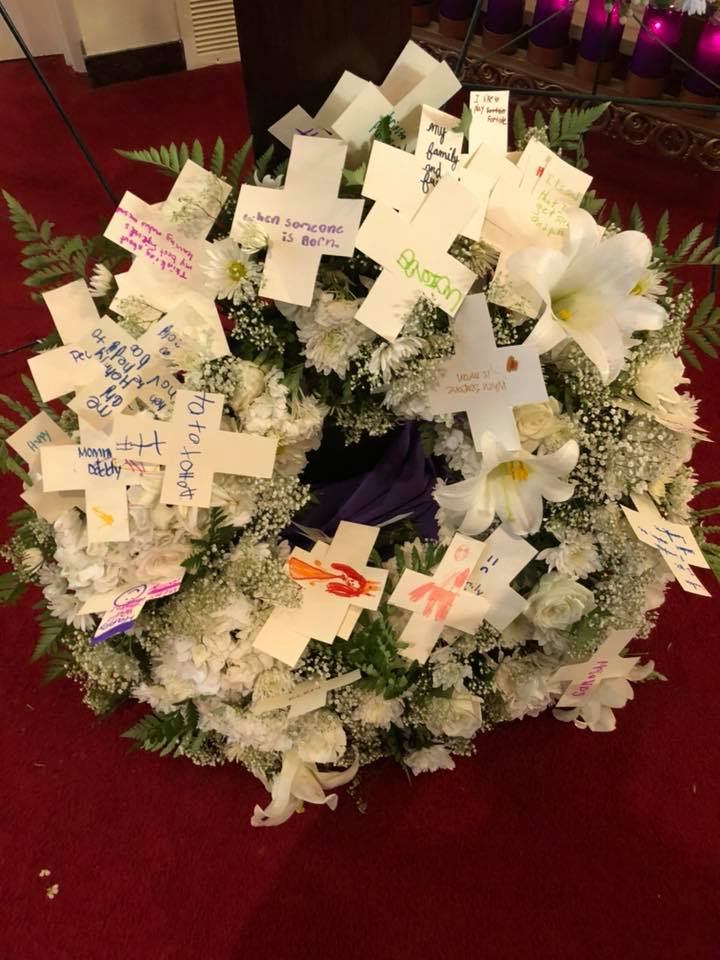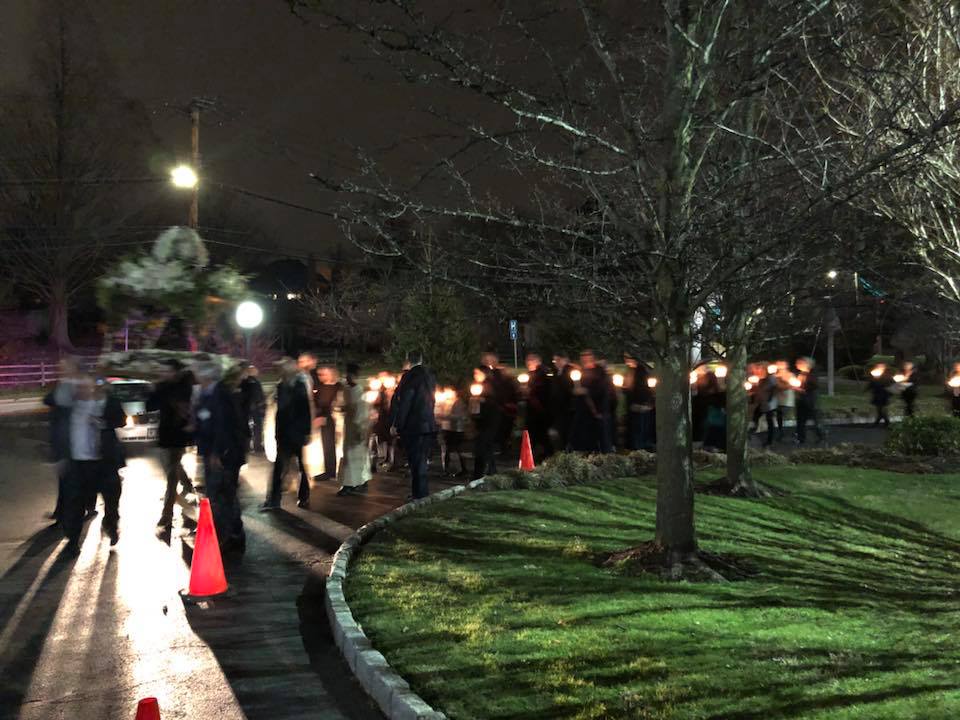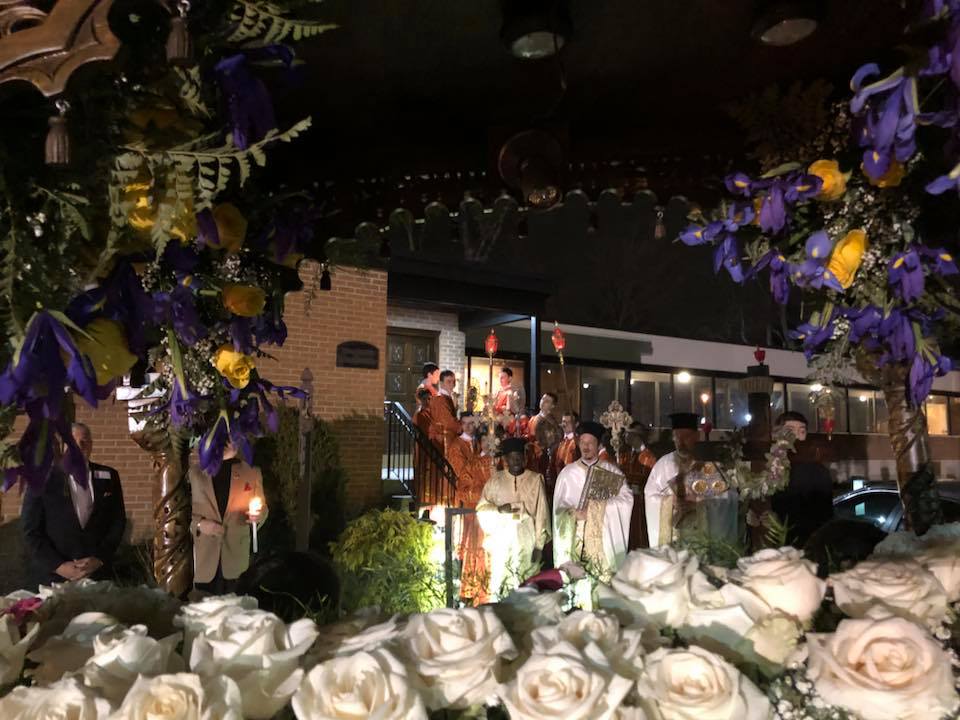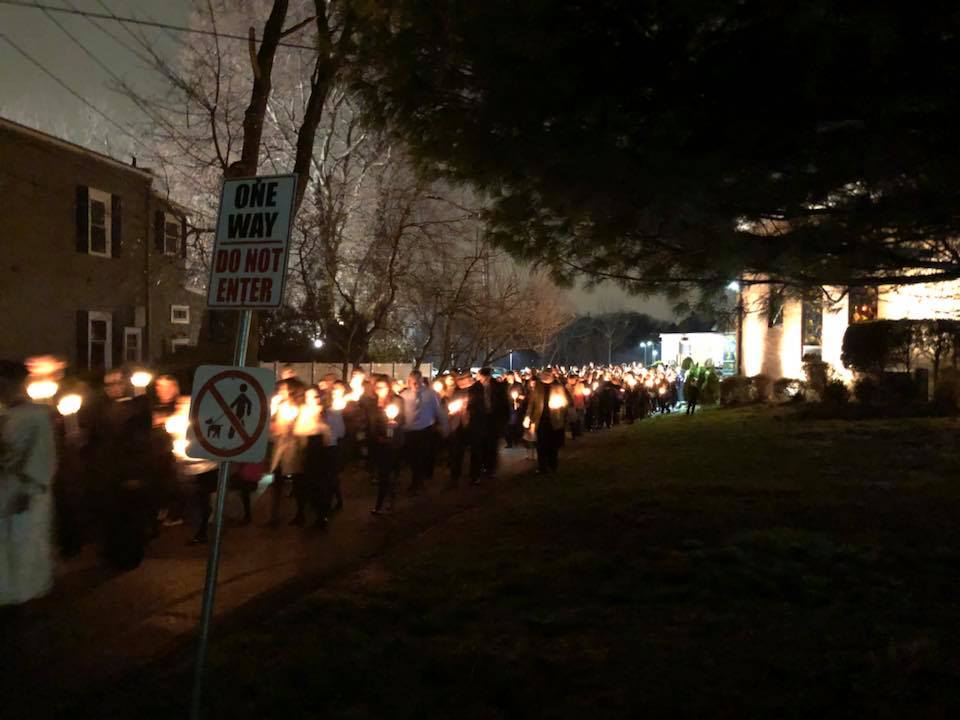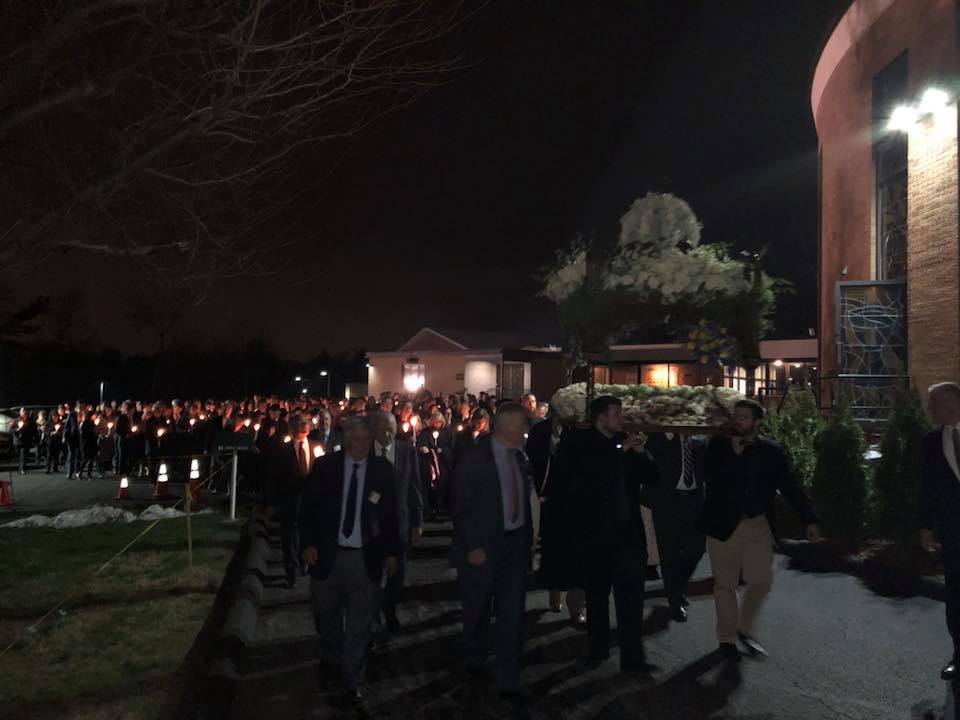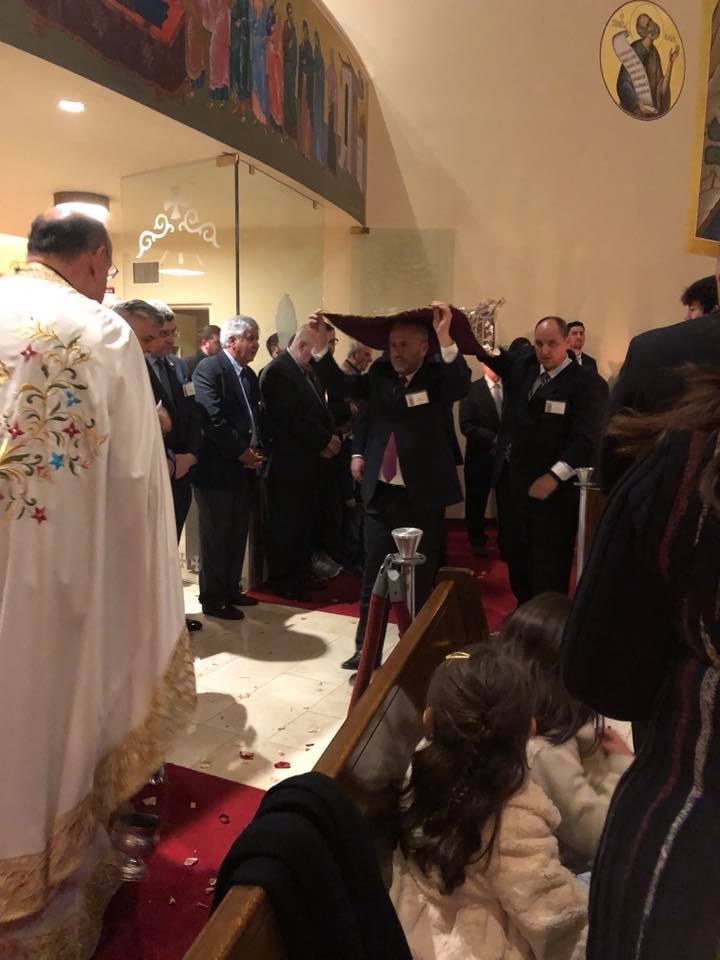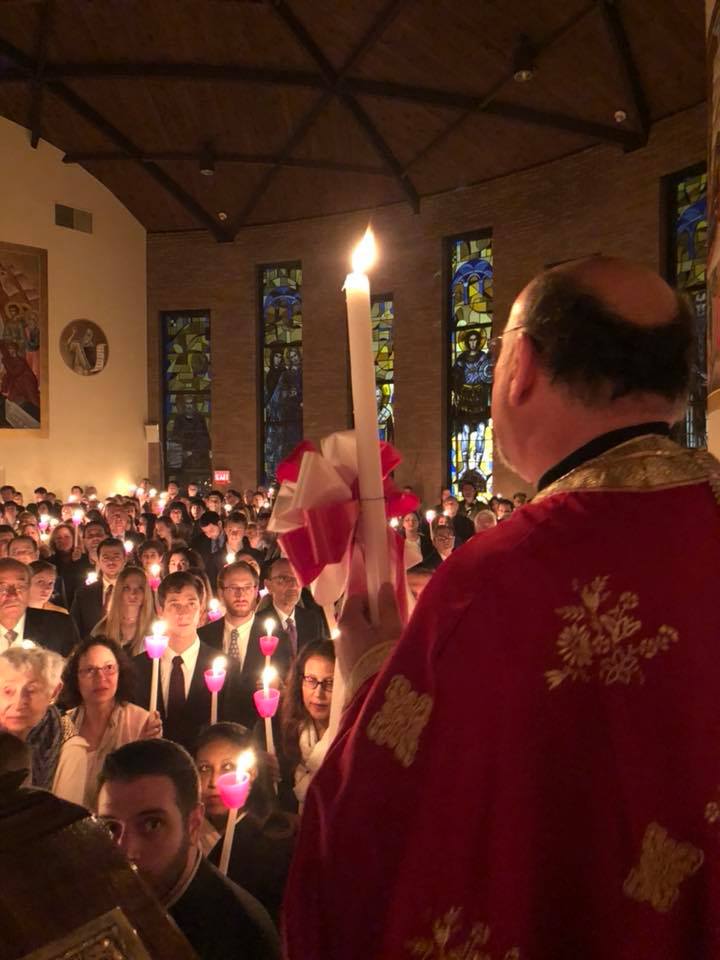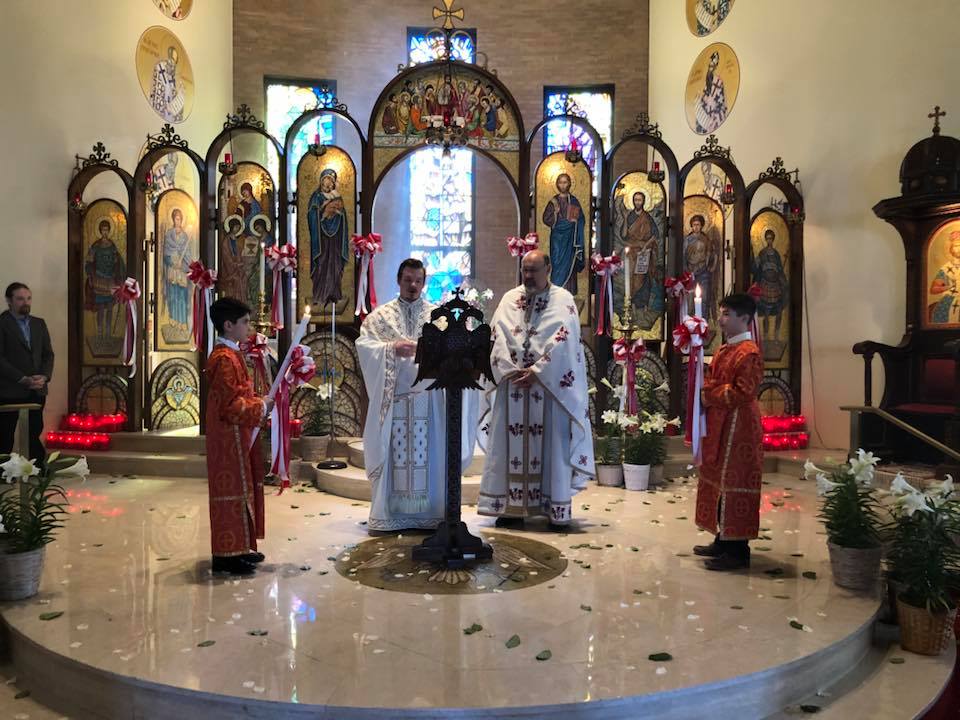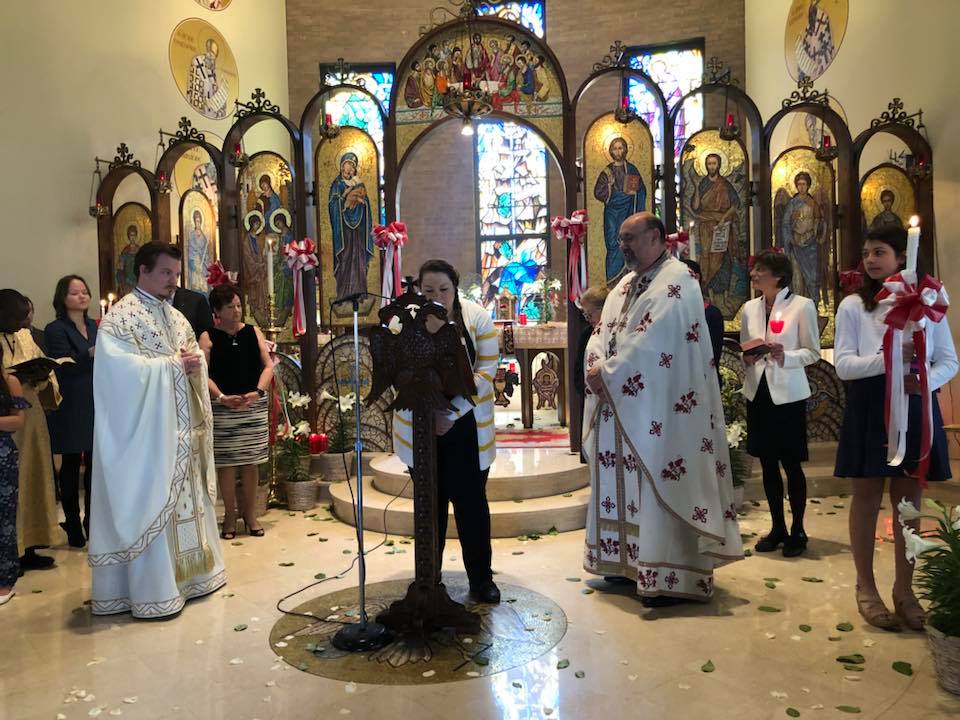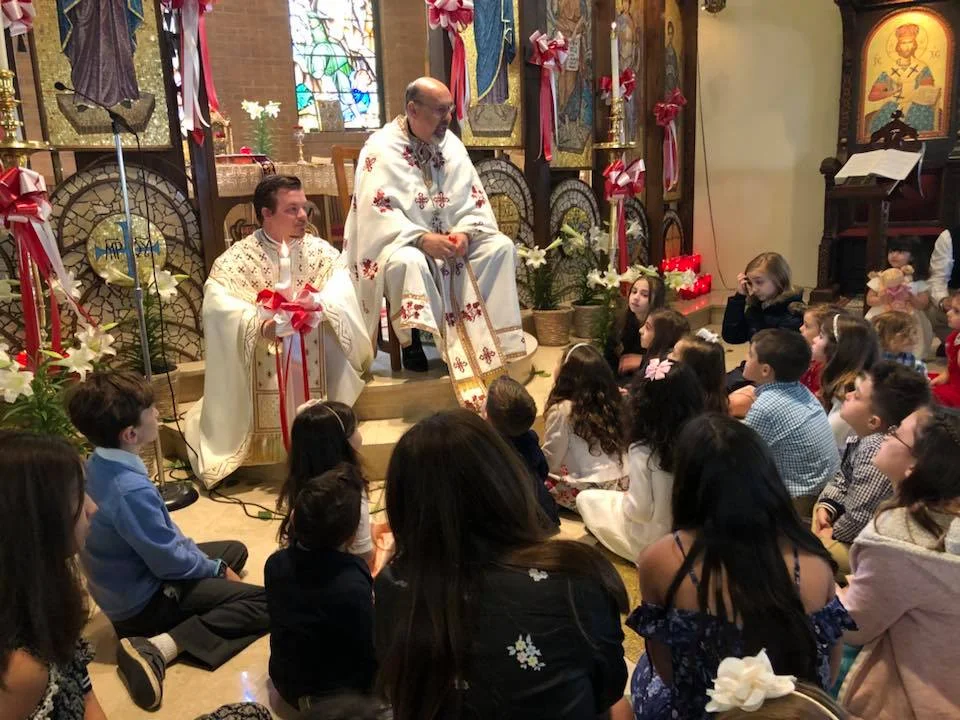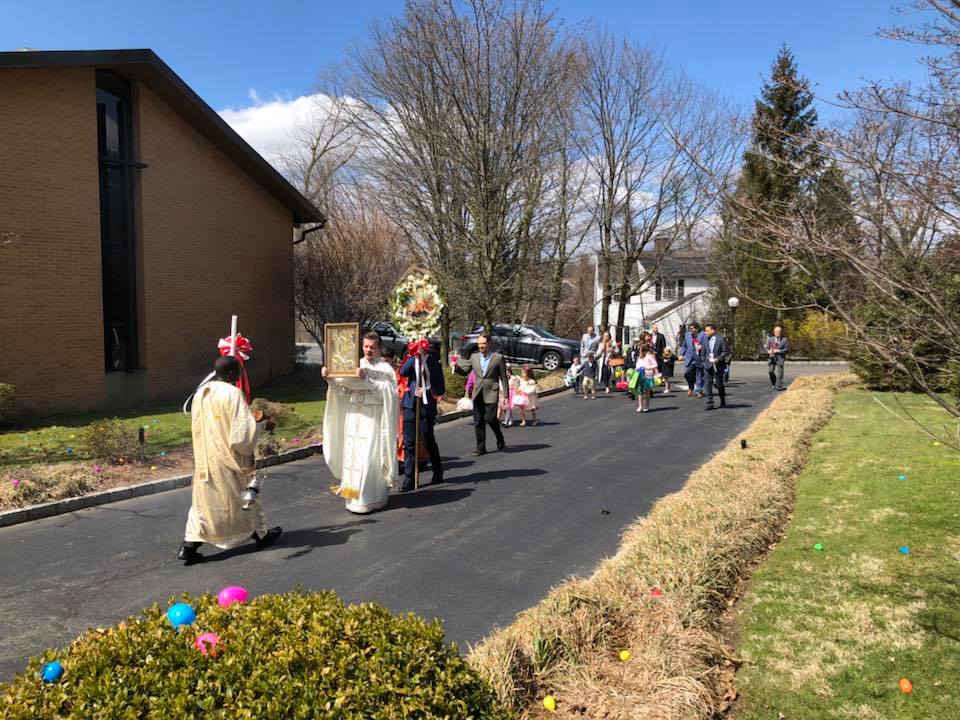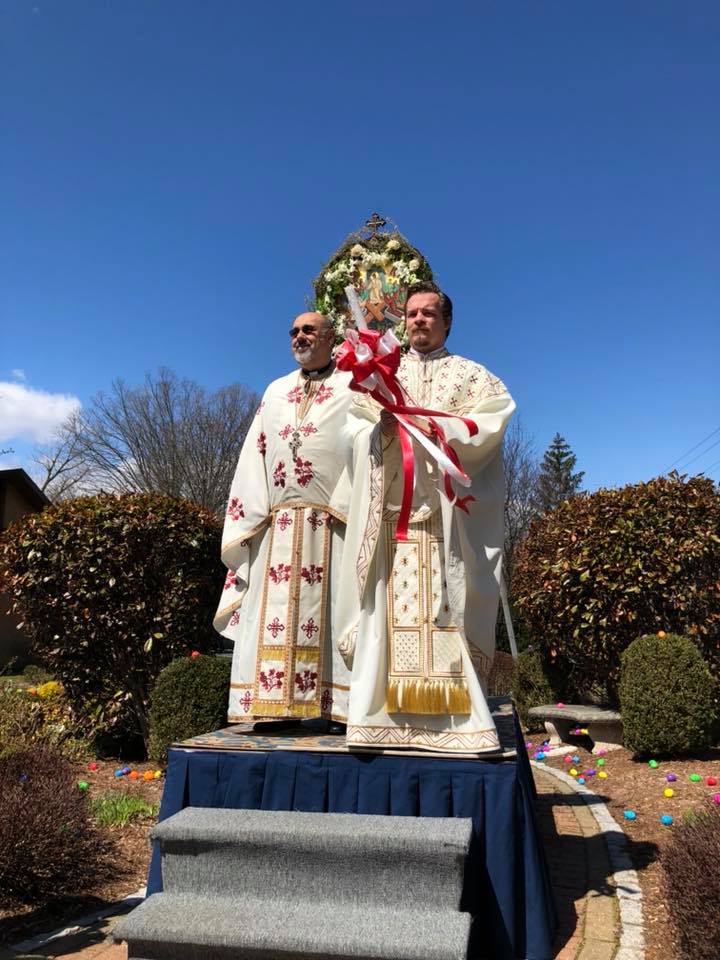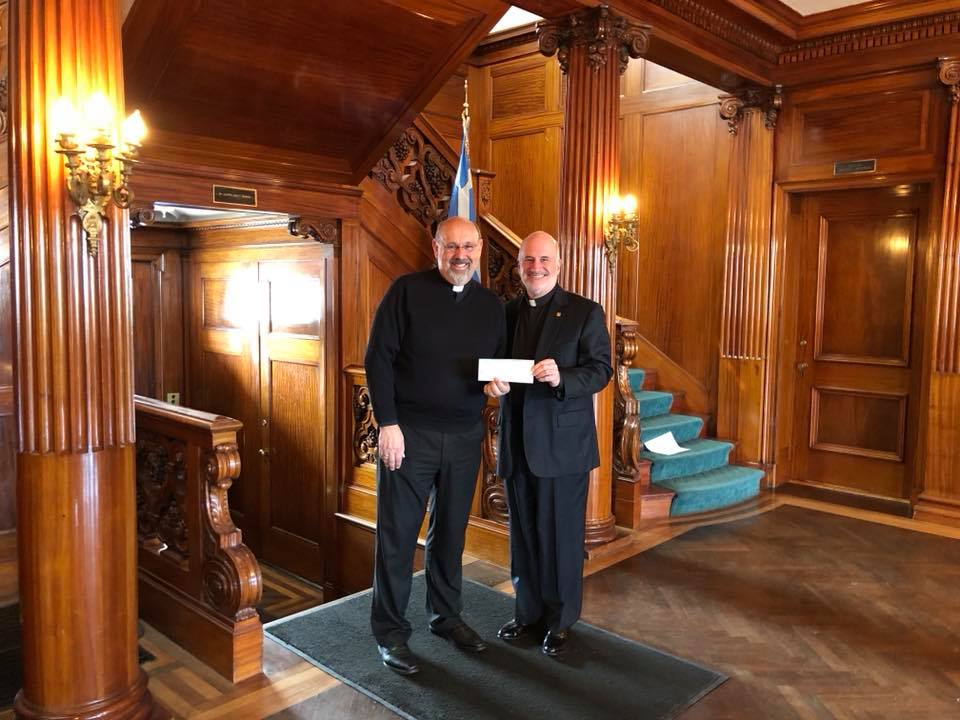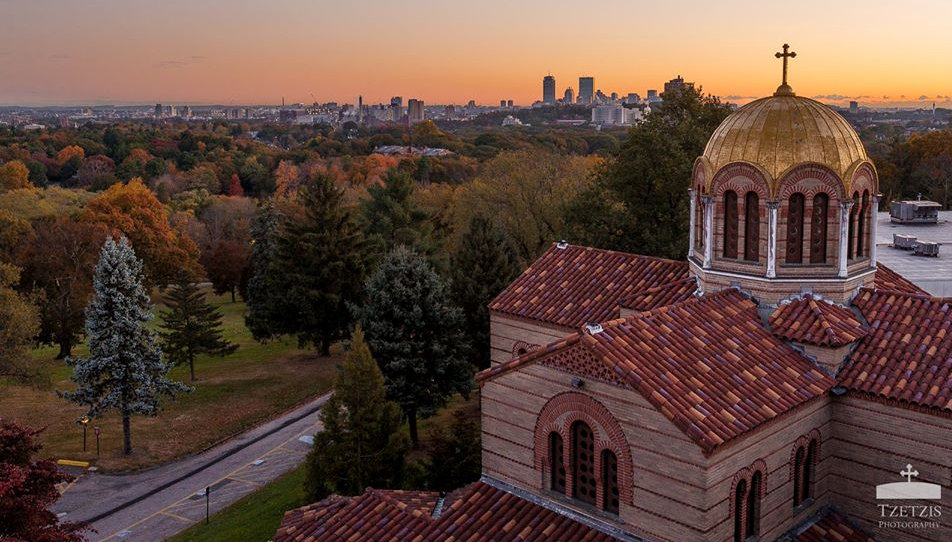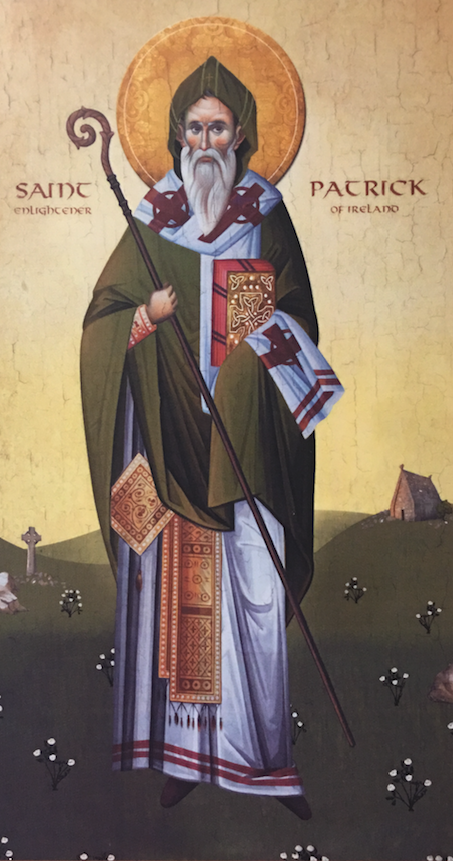By Jim Wies
Saint Patrick’s Day is the only national holiday that is regularly and continuously celebrated beyond the boundaries of the nation from which it originated. So extraordinary was the life and ministry of this man that he has become an inspiration to people all over the world.
Patrick is remembered today as the saint who drove the snakes out of Ireland (there are no serpents in Ireland, to this day) although some who refute the existence of snakes having ever been in Ireland say the snakes were the Druids, the occultic priests of the Celtic people, and his reputation of ridding the island of the snakes is a cloaked way of saying he drove out the Pagans and converted Ireland to Christianity. He is remembered, as well, as the teacher who used the shamrock to explain the Trinity.
What is less well-known is that Patrick was an apostolic leader of enormous courage who moved in signs and wonders and demonstrated to the Irish, who were steeped in paganism, magic and occultism, that the power of Christ was greater.
Patrick was enraptured by God, loved sacred Scripture, and engaged in continuous prayer. He regularly practiced the prophetic gift of hearing God in dreams and visions.
Patrick recorded numerous dreams he regarded as personal messages from God. He held a deep sense of God’s intimate involvement in his life. “I have known God as my authority, for He knows all things even before they are done,” he wrote. “He would frequently forewarn me of many things by His divine response.”
For example, Patrick received his call to evangelize Ireland from a detailed vision not unlike the apostle Paul’s at Troas, when a Macedonian man pleaded, “Help us!” “I had a vision in my dreams of a man who seemed to come from Ireland,” Patrick wrote. “…and they cried out as with one voice, ‘We appeal to you, holy servant boy, to come and walk among us.’ I was deeply moved in heart and I could read no further, so I awoke.”
Much of Ireland was very dark and barbaric in the fifth century after Christ; a land of druids and pagans. A declaration of Christianity had not yet reached northern and western Ireland, so this is where Patrick began.
Interestingly, Patrick did not attempt to persuade the Irish to deny their belief in the existence of the supernatural. As one historian wrote: “If Christianity had come to Ireland with only theological doctrines, the hope of immortal life, and ethical ideas—without miracles, mysteries, and rites—it could have never wooed the Celtic heart.” (“For the Kingdom of God does not consist in words but in power.” 1 Cor. 4:20)
Instead he convinced the Irish of the demonic nature of the powers they were familiar with, and the surpassing power of Christ. He used the Scriptures to define these powers as demons. (“For we do not wrestle against flesh and blood, but against principalities, against powers, against the rulers of the darkness of this age, against spiritual hosts of wickedness in the heavenly places.” Eph. 6:12)
The reverence the Irish held for these old deities was converted into hatred of demons. Predictably, Patrick faced the most opposition from the druids, who practiced magic, and were the advisors to the Irish kings. Stories abound of druids who “wished to kill holy Patrick.” Patrick wrote, “Daily I expect murder, fraud or captivity, but I fear none of these things because of the promises of heaven. I have cast myself into the hands of God almighty Who rules everywhere.”
Confrontations with demons and druids
Patrick was as fully aware as the Celts that the power of the druids was real, but he brought news of a stronger power. There are numerous stories from his life of confrontations between the power of God and the power of darkness. Here are just a few.
One biographer from the late 600s, Muirchoe, described Patrick challenging druids to contests at Tara, in which each party tried to outdo the other in working wonders before the audience, reminiscent of Elijah and the prophets of Baal on Mount Carmel (note: 1 Kings 18):
“The custom was that whoever lit a fire before the king on that night of the year [Easter vigil] would be put to death. Patrick lit the paschal fire before the king on the hill of Slane. The people saw Patrick’s fire throughout the plain, so the king ordered 27 chariots to go and seize Patrick…
Seeing that the impious heathen were about to attack him, Patrick rose and said clearly and loudly, ‘May God come forward to scatter His enemies, and may those who hate Him flee from His face.’ By this disaster, caused by Patrick’s curse in the king’s presence because of the king’s order, seven times seven men fell. … And the king, driven by fear, came and bent his knees before the holy man.
[The next day], in a display of magic, a druid invoked demons and brought about a dark fog over the land. Patrick said to the druid, ‘Cause the fog to disperse.’ But he was unable to do it. Patrick prayed and gave his blessing, and suddenly the fog cleared and the sun shone. … And through the prayers of Patrick flames of fire consumed the druid. The king summoned his council and said, ‘It is better for me to believe than to die.’ And he believed, as did many others that day.”
On another occasion, Patrick was aware that there was an ambush to try to kill him and his group en route to the King’s court. It was during the march that they chanted the sacred Lorica or Deer’s Cry – later known as St. Patrick’s Breastplate, which states in part:
“I summon today all these powers… against every cruel and merciless power that may oppose my body and my soul, against incantations of false prophets, against black laws of heathenry, against false laws of heretics, against craft of idolatry, against spells of witches, smiths and wizards, against every knowledge that endangers man’s body and soul. Christ to protect me today against poisoning, against burning, against drowning, against wounding, so that there may come abundance in reward.…
Christ with me, Christ before me, Christ behind me, Christ in me, Christ beneath me, Christ above me, Christ on my right, Christ on my left, Christ in breadth, Christ in length, Christ in height, Christ in the heart of every man who thinks of me, Christ in the mouth of every man who speaks of me, Christ in every eye that sees me, Christ in every ear that hears me.”
The story goes that as the druids lay in hiding, ready to kill, they didn’t see Patrick and his men, but instead, a gentle doe followed by twenty fawns. St. Patrick and his men were saved.
During his lifetime, (he lived into his 70’s) Patrick is attributed to having founded more than 300 churches and baptizing more than 120,000 people. He was primarily responsible for converting the Irish people to Christianity, and he became known as the Apostle to the Irish. While he evangelized Ireland, his influence eventually impacted all of Europe, and his day is celebrated March 17th in many places all over the world.






















